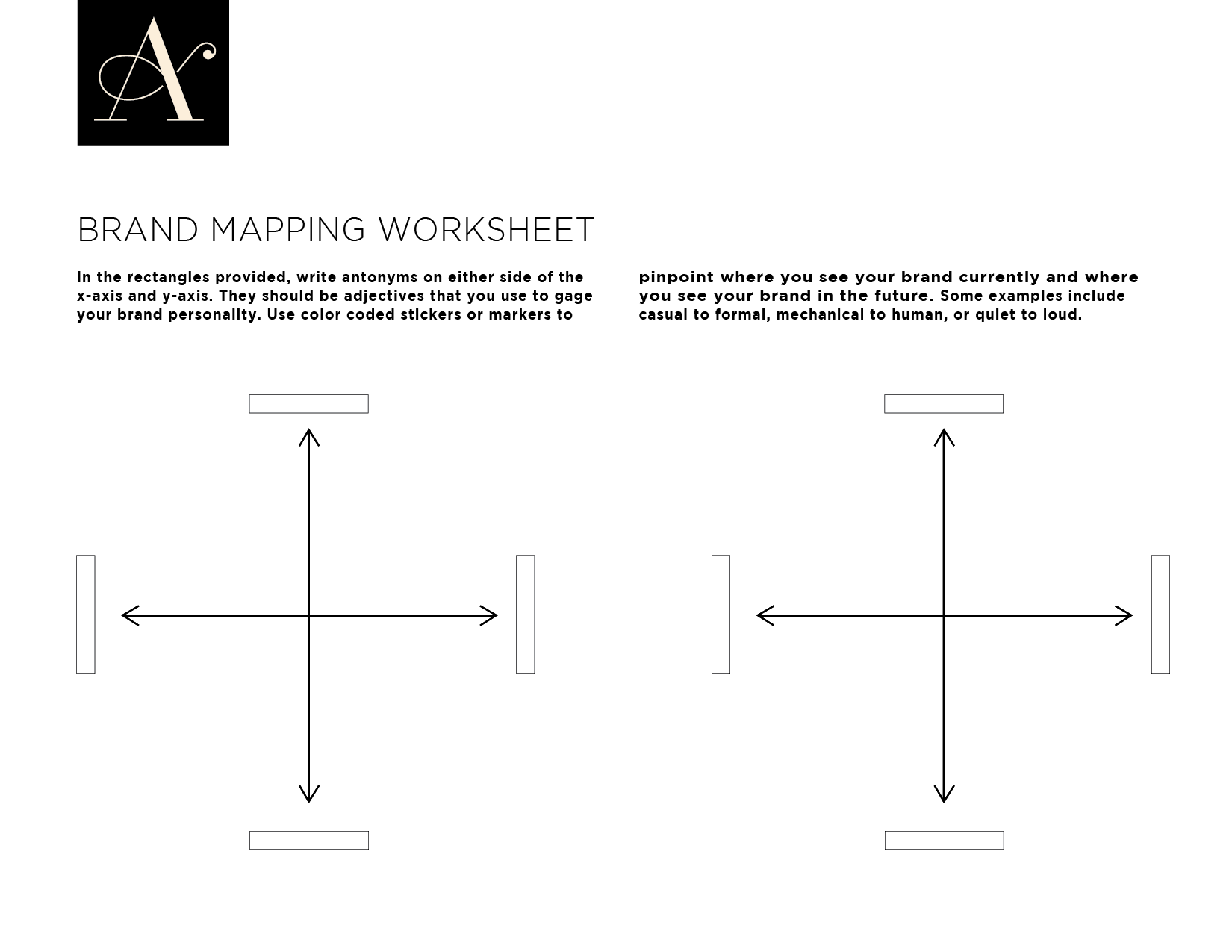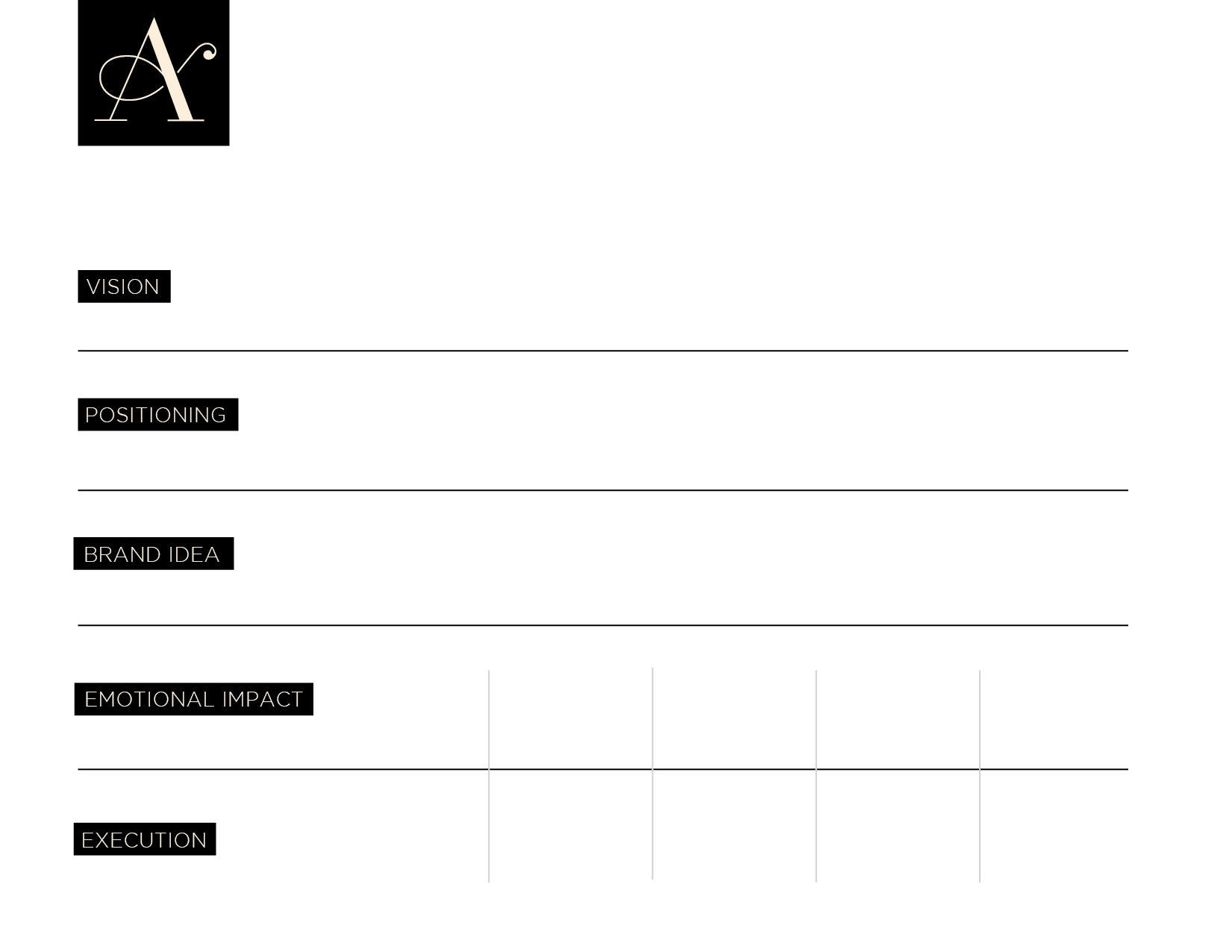Coming up with a brand strategy usually isn’t the first priority for companies. More often, business leaders focus on more tangible things like business strategy, monetization and pricing. But you can’t underestimate the impact that branding has. As Paul Rand once said, “design is the silent ambassador of your brand” — and that ambassador can make or break your business.
A brand strategy may be a little bit more ethereal than a monetization plan, but it has a number of concrete benefits. Developing one can help you discover and understand who your company is, what the public thinks about your company and how your company should evolve moving forward. When done right, it will help you differentiate your brand, communicate consistently and effectively and, attract the right customers (and even team members). If you don’t have one, however, you may struggle to describe who your company is, why your company exists, what your company believes in and what it’s trying to achieve, all of which can result in your target audience ignoring (or even disliking) your company.
To clearly articulate your brand and carve out your place in the market, the right strategy is essential. Read on to learn precisely how to create a brand strategy that will grow your business.
Branding 101
But first, before we get into the “how,” let's back up a little bit. What exactly does branding mean? Here's a great definition from an article in Entrepreneur:
"Branding is the process of forming memories, emotions and a relationship around your brand in the consumer’s brain. The goal is to build such a strong connection and such strong belief that the consumer takes on your brand identity as their own. They use your brand to help define who they are as a person."
This is a pretty lofty goal, and one that not all brands can claim to have accomplished. But the first step toward achieving this level of connection is creating a brand strategy: a plan for how your brand will complement or work in conjunction with your business strategy, usually in the form of a written document. It is the guiding force that will help you achieve concrete business goals.
How to Create a Brand Strategy
Ready to get started? Take the following steps.
Step 1: Conduct an Audit
Before you talk about where you want your brand to go, you need to first understand where it currently is. You can do this by:
Reviewing existing materials: Start your audit by studying the documents you already have on hand — business plans, marketing plans, company handbooks, lists of your products/services, sales materials and proposals, a selection of branded assets and communications, pitch decks… anything that helps explain who you are as a company and what you do.
Conducting interviews: Don’t fall prey to tunnel vision. Your brand isn’t just about what you think, so conduct interviews with employees of all levels (and customers, if possible) to get a sense of how they perceive your brand. Go for quality over quantity, though — a handful of in-depth, high-quality conversations is better than a deluge of superficial ones that will provide you with meaningless metrics. A few prompts you could start with:
Give me a product overview.
How would you describe our brand/product/service?
What attracted you to the company?
What’s the best thing about the company?
What’s our biggest challenge?
Examining your presence: Of course, you won’t be able to speak with all of your employees and customers — so to get a better idea of what the general public thinks of you and how your brand is landing, examine all of the channels where you have a presence: web, social media, digital advertisements, print, media and the like. You may also want to ask customers or industry peers about your word-of-mouth reputation.
Doing a persona deep dive: You can’t effectively market yourself if you don’t understand your target audience. Start researching and brainstorming who makes up your customer base: their location, relationship status, occupation, age, hobbies, interests, bios and more. Try to get a sense of which brands they like and who they admire as well.
Disseminating information: Once you’ve gathered data on the topics above, organize it into a concise, but thorough, report — whether it’s a document, handbook, or presentation — and prepare to share it with your leadership team (more on that below).
Step 2: Workshop
After getting a sense of the current state of your brand, it’s time to start thinking about what the future will look like for you. This should involve:
Discussing with leadership: Use the report you created in the audit phase as the foundation for a conversation with your senior leadership team. Consider a fireside chat instead of a stiff, formal meeting — you might host it in a comfortable space stocked with food and beverages. After presenting your findings, open the floor for input on both the report itself and the themes explored within (internal culture, strategy, future goals, etc.) Don’t leave without a clear consensus on who the target audience is, who the competition is and how your company stacks up against them.
Thinking future-forward: Once all of the stakeholders are on the same page, you can start thinking about where to go next. Doing exercises will help provide some guidance. One that I recommend in particular is going through a worksheet with an assortment of scales for different brand attributes — mechanical to human, quiet to loud, casual to formal, to name just a few — and using stickers to pinpoint where you fall on that scale now, and where you want to go in the future. Look for patterns: for example, does your whole team see your brand as safe but want it to be more adventurous?
Defining the core of your brand: Brand characteristics like company values and mission might seem a little bit nebulous, but defining them really can help you hone your strategy. Try to identify the following elements for your brand:
Purpose: Why do you exist?
Vision: What future do you want to help create, and what does it look like?
Mission: How do you create that future? What are you ultimately here to do?
Values: Which principles guide your behavior? What are your value propositions?
Step 3: Create Your Brand Strategy
So you’ve taken stock of your brand and have an idea of what you want the future to look like — now, what do you do with all of that? There’s no limit to what you can create using this information, but you can start by coming up with your positioning, brand idea, brand narrative, emotional impact and messaging.
Positioning: Positioning is a short statement that captures the most unique aspects of your brand, why it’s relevant, what it stands for and why it matters. Effective positioning validates a concept of your brand, and ensures that it resonates with and motivates your target audience.
Brand Idea: Your brand idea is the sum of your philosophy — your essence and the values that inspire everything you do. It is the reason your brand exists, and it’s what drives you to deliver value to your customers every day. One great example of a brand idea is “Real Beauty” from Dove. They could have focused on the benefits of their products, but instead, Dove planted a flag in the ground that asserted that true beauty doesn't come from Dove — it comes from within. Now that’s a concept that leads to authentic, inspirational and effective marketing.
Brand Narrative: Your brand narrative is a manifesto summarizing who you are and what you stand for. It may go over your history or your promise to customers. Here’s an example from Cadillac:
“We are born of ambition, optimism and a passion for what’s next. Our mission is to inspire those who don't wait for opportunities – they make them. Those who do not long for success – they create it.
The restless, undaunted, driven few who achieved greatness through guts, grit and determination. The ones who, powered by sheer force of will, go through obstacles, not around them, the ones who navigate the unknown with the fearlessness and unwavering belief in themselves, who wear their swagger like armor and live for the fight.
These extraordinary people inspire us as well – inspire us to create an icon, change the game and raise the bar and then raise it higher still, because we believe you don't wish or hope your way to what's next. You make your way.”
Messaging: A messaging document can be an entire project in itself, but make sure to at lease cover the basics:
Voice: How do you sound, and how don’t you sound? What adjectives would you use to describe the way your brand communicates with your audience, both spoken and written?
Tone: What attitude do you have? Are you a mysterious stranger, for example, or a golden retriever?
Tagline: Your tagline is a sentence, phrase, or word used to summarize a market position in a memorable way. Think: "The best or nothing" for Mercedes, or "The milk chocolate melts in your mouth, not in your hand" for M&Ms.
Messaging Pillars: Your messaging pillars are the key stories you want to tell about your brand. They should emphasize what makes you unique and different from any other company. Every piece of content you create should reinforce these core messages across all touchpoints.
Elevator Pitch: How would you sell someone on or inform them about your brand if you could only do so in the course of one elevator trip (roughly 10 seconds)?
Emotional Impact: How do you want your brand to make people feel — which emotions would you ideally like to evoke?
*Tip: It’s helpful to create an overview document or page that has your vision, pulled from your business strategy, positioning, brand idea, emotional impact and finally creative considerations or how the emotional impact will be executed through visuals/creative.
Step 4: Execute
After all of the legwork comes the fun part: execution! Now, you get to bring your brand strategy to life through visual assets to be used anywhere your brand appears. Of course, each company will do so in their own unique way, but thinking about a few common elements will help you figure out how to best accomplish this — more on that to come in our next blog post!
Anastasia Salazar Ltd. is an independent design studio for tailored branding and digital designs. Reach out to learn how we can help you fuel growth and maximize your brand’s impact.



